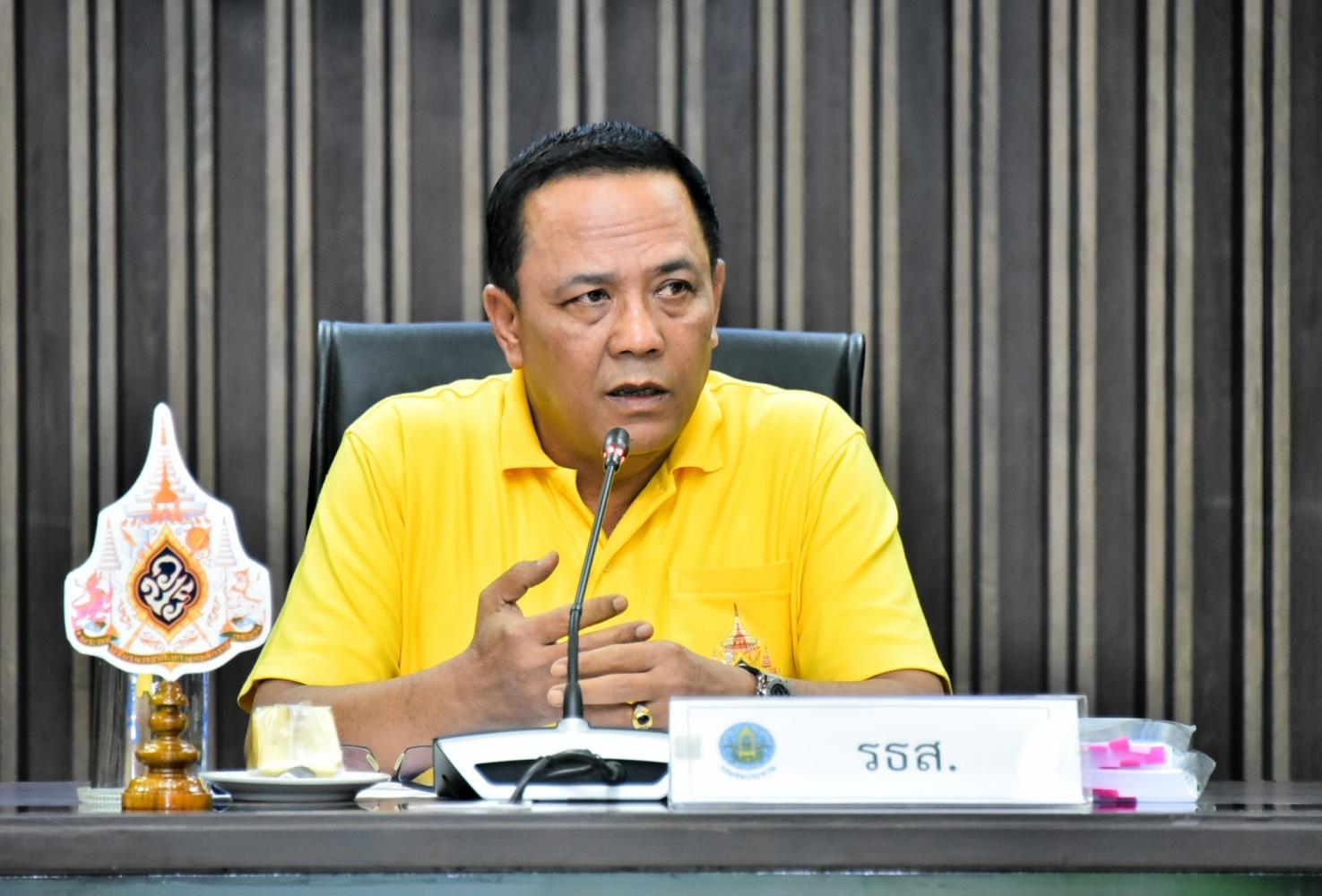The government's management of the recent floods shows it is unprepared to cope with the looming threats from the climate crisis, experts say.
Authorities need to reconsider their water management strategy and develop a more efficient disaster response plan to catch up with emerging threats from changes in weather patterns and an intensifying water cycle, they said.
Flood mitigation a failure
In the wake of severe floods that affected large areas of the North, Northeast and Central Plains region this year, Decharut Sukkumnoed, director of Move Forward Party's think tank, the Think Forward Centre, said many flaws in the government's water management and emergency management led to failures in dealing with this year's seasonal flood.
According to the Department of Disaster Prevention and Mitigation, over 11,770 communities in 59 provinces were inundated in the floods which began in September, affecting 528,063 households, and causing 12 casualties. Some areas are still flooded even now.

Sitang: Climate planningabsent from agenda
"Even though this year's seasonal flood affected smaller areas compared to the historic floods in 2011, considering the amount of damage and people affected, the 2022 floods were actually more severe than previous years," Mr Decharut said.
Five major issues prevented the authorities from responding more effectively, he said.
First, he said, is the lack of an accurate flood warning system, noting at present authorities cannot precisely warn the people about floods, making it harder for those in risk areas to move their belongings and evacuate in time.
An ambiguous water management plan is another problem. As the authorities did not clearly communicate their floodwater diversion plan, conflicts over floodwater diversion between communities resulted.
"There is also the problem with bureaucratic procedures impeding the declaration of flood disaster zones, which resulted in delayed allocations of budget and equipment to control floods," he said.
"This issue also leads to improper preparation of facilities for affected citizens, as many evacuation centres did not have enough clean water, toilets and so on to accommodate the evacuees."
However, the biggest flaw is the lack of proper city planning, as cities freely expand into wetlands and encroach on natural waterways, which reduces natural water retention areas and obstructs waterflow, causing severe flooding.
"State agencies and the government need to ensure proper emergency management at every stage such as disaster preparedness, mitigation, and compensation," Mr Decharut said.
Unprepared for threats
The extensive floods during the rainy season were caused by a persistent La Nina condition in Pacific Ocean that brought unusually intense rainfall to most parts of Thailand.
That led to flash floods and overflowing rivers especially along the Chao Phraya, Chi and Mun river basins, said Assoc Prof Seri Suparatit, a water expert at Rangsit University's Centre for Climate Change and Disasters. He said the disaster is a direct result of climate change.
Emissions of greenhouse gases from human activities have caused the global mean temperature to rise by approximately 1.1C, according to the Intergovernmental Panel on Climate Change (IPCC). This human-induced atmospheric warming is destabilising the earth's climate system and making weather events more volatile and extreme.
Thailand will also feel more impacts of climate change, as the reliable seasonal precipitation pattern is shifting towards shorter and more intense periods of rainfall punctuated by longer torrid dry spells. So, more frequent floods and droughts can be expected in future.

Seri: Big flood awake-up call
"This big flood is a clear wake-up call of more climate disasters yet to come. We will face more extreme weather events as the world's temperature continues to warm up," Assoc Prof Seri said.
Despite the increasing risks of water-related disasters, Asst Prof Sitang Pilailar, a leading water management expert at the Department of Water Resources Engineering, Kasetsart University, commented that Thai authorities are utterly unequipped to address the forthcoming extreme weather events.
"Although the government has invested in the development of new irrigation projects to enhance the water management system, the climate aspect is absent from the planning of these projects, as they are designed based on outdated weather and water data from decades ago," Asst Prof Sitang said.
"These projects are not in sync with changing climate conditions and so will be ineffective in preventing floods and drought."
Some of these irrigation projects are also counter-productive in climate mitigation efforts, such as reservoirs built in the forest, which will cause environmental damage and deforestation.
Instead, she said the government should enhance the efficiency of existing water management projects so they can adapt to the changing climate and precipitation pattern. Also, they should focus more on developing localised water management projects to strengthen local communities' capacity to adapt.
State voices
Prapit Chanma, director-general Royal Irrigation Department (RID), said the flood situation in the Northeast and Central Regions is much improved. The department is working with local authorities to repair the damage.
However, Mr Prapit said the task of managing the floods in this year's flood season is not yet done, as the rainy season has just begun in the southern provinces.
"The Meteorological Department predicts heavy rain throughout the southern region in the months to come, so the RID has ordered local branches to prepare," he said.

Prapit: Situation inNortheast 'better'